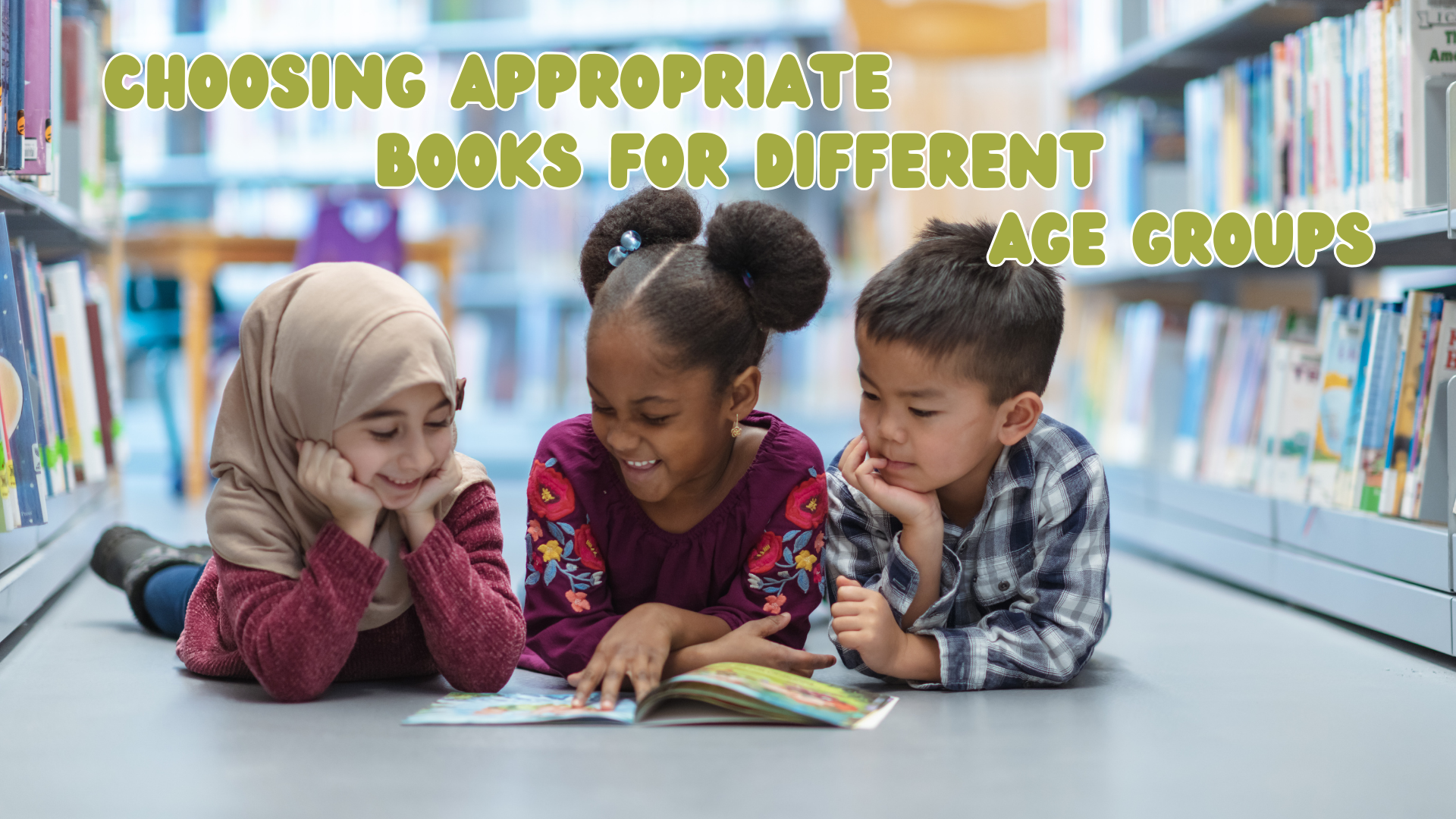Published by: Digital Schools
Selecting appropriate books for children of different age groups is an important task for parents, as it can foster a love of reading and support their cognitive and emotional development. Here are some general guidelines for choosing books for different age groups:
- Infants (0-2 years):
- Board books with simple, large, and colorful pictures.
- Books with textures or interactive elements for sensory exploration.
- Simple rhyming or repetitive texts for early language development.
- Soft books or cloth books that can be safely chewed on.
- Toddlers (2-3 years):
- Picture books with simple stories and relatable characters.
- Books about everyday experiences and routines.
- Interactive or lift-the-flap books for engagement.
- Rhyming or repetitive texts for language development.
- Preschoolers (3-5 years):
- Picture books with more complex stories and themes.
- Alphabet and counting books to support early learning.
- Books that encourage creativity and imagination.
- Classic fairy tales and folktales.
- Books that explore emotions and social situations.
- Early Readers (5-7 years):
- Beginning reader books with larger fonts and simple vocabulary.
- Series books (e.g., Dr. Seuss, Berenstain Bears) to encourage reading consistency.
- Non-fiction books about topics of interest.
- Illustrated chapter books for children transitioning to longer stories.
- Middle Readers (8-12 years):
- Chapter books with more complex plots and characters.
- Age-appropriate mysteries, adventures, and fantasy.
- Non-fiction books on topics they are curious about.
- Series books (e.g., Harry Potter, Percy Jackson) for avid readers.
- Graphic novels for visual engagement.
- Young Adults (13-18 years):
- A wide variety of genres to cater to individual interests.
- Classics and contemporary literature.
- Books that address relevant social and personal issues.
- Award-winning literature and young adult novels.
- Non-fiction and biographies to broaden their horizons.
When choosing books for children, it’s also crucial to consider their individual interests, reading levels, and sensitivities. Additionally, you can involve your child in the book selection process by taking them to the library or bookstore and allowing them to choose books that appeal to them. Reading together and discussing the books can also enhance the reading experience and strengthen your child’s reading skills.


